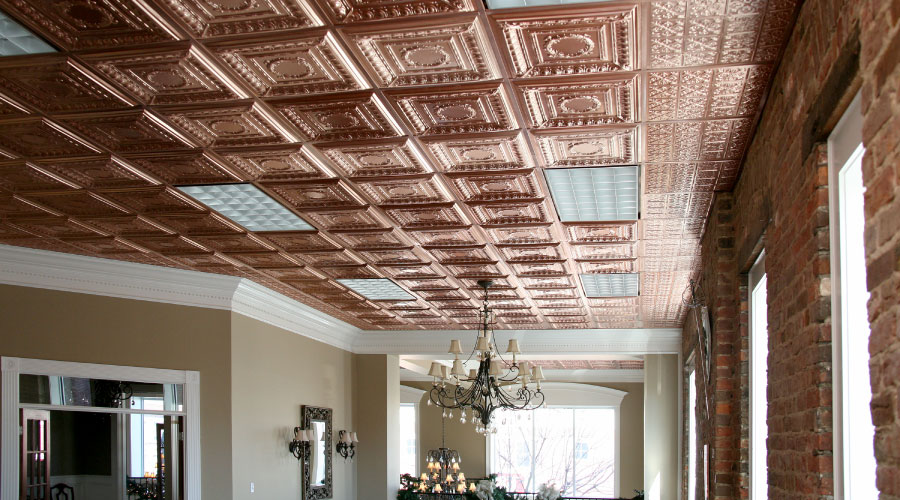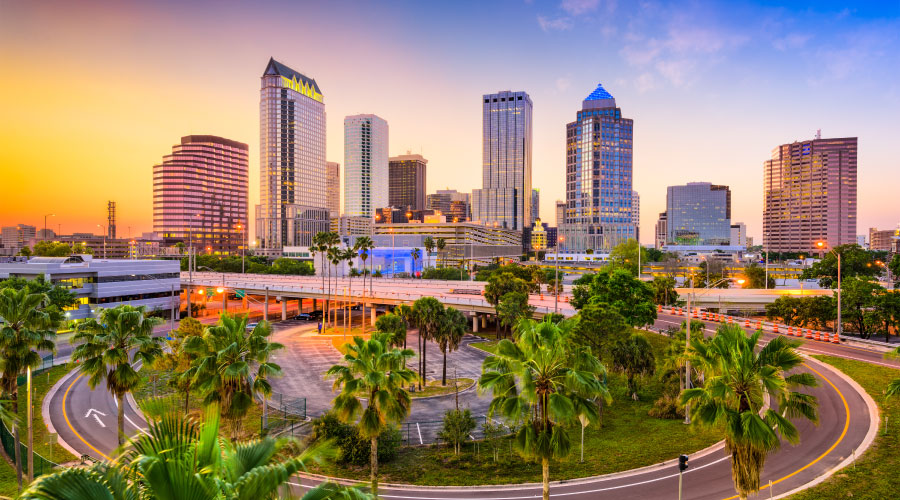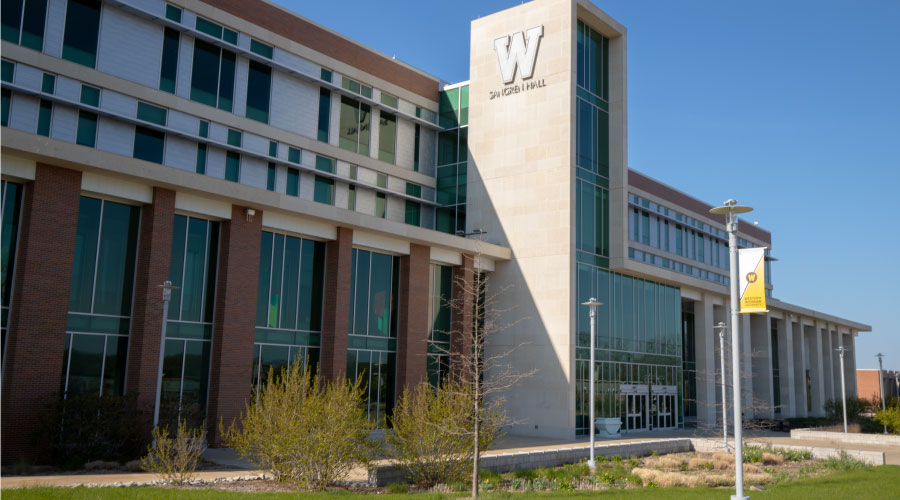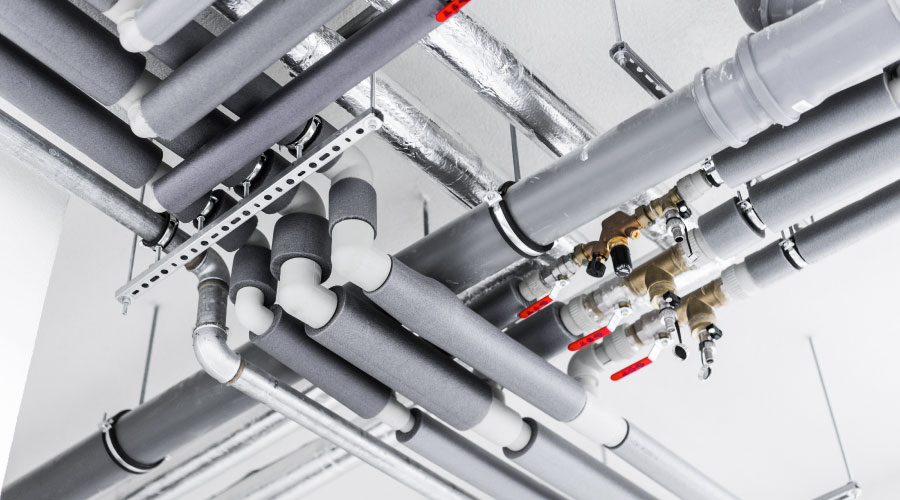
Ceilume Products Used in Redesign of Historic Building
The historic building was redesigned into a modern office space while retaining its original feel. September 15, 2023
When Phillip Carr discovered that the 1950’s ex-pawnshop he had bought to house his management company was actually a historic building dating from the 1880’s, his renovation plans changed. Instead of gutting the structure and constructing plain-vanilla office space, he decided to try to restore the building’s original grandeur. However, little more than the bones of the structure could be salvaged. He redesigned the interior in a style that honored the building’s 19th century origins, brought in a specialty mason to recreate the original brick façade, found an expert to rebuild the 1901 freight elevator, and discovered a replacement for the stamped-metal ceilings – Ceilume thermoformed ceiling tiles.
The building was constructed shortly after the 1883 fire that burnt out the downtown Gadsden, AL area. It was built by a Prussian immigrant, Herman Herzberg, who had fought in the Civil War and then went into the mercantile business. His store operated on the site until 1944 as Herzberg-Loveman Drygoods. The building was eventually sold in 1979 and became a large pawnshop. The decorative brick front was covered by a flat metal façade, the side and back exterior brick were coated with an inch of concrete and painted white. Half of the interior was closed off for storage of abandoned, unsold pawns, and the building was allowed to deteriorate slowly over the ensuing decades.
Carr’s intention was to gut the structure and build out offices. His team found a picture of the original structure in the collections of the Library of Congress, on a perspective map of the town that included pictures of local landmarks.
They removed the metal façade but discovered that they could not successfully reveal the brick underneath the concrete coating. Instead, Carr found a specialty mason to recreate the original brick design in a new layer.
Little of the interior could be saved, either. The original stamped metal ceilings were still there, but badly rusted and damaged. Only a small, inadequate number of tiles could be re-used. One feature they could not remove was a massive structural beam that runs from front to back between the first and second stories, dividing the building in two.
At the front, a two-story atrium rises from the main entrance to the second-floor landing/lounge, the two floors linked by an iron spiral stairway. The upper landing is a lounge area, furnished like a sitting room in an elegant 19th Century home. Front glass was restored and expanded on both floors. The massive horizontal beam has become a catwalk the traverses the atrium to the three tall second-floor bay windows that overlook Broad Street. The stairway’s wrought-iron railings extend along the second-floor landing and across the catwalk, complemented by wrought iron chandeliers that light the space. The exposed brick of the exterior walls is paired with white formal millwork panels and moldings, set off by dark oak floors. A corridor of office spaces runs down either side of the building on each floor, designed with white moldings against taupe walls.
The ceilings presented a restoration problem.
Next
Read next on FacilitiesNet












